 I’ve been thinking a lot lately about personal branding, in part because several people have told me that I seem to do it pretty well, in spite of the fact that I would never call myself a personal branding expert or endeavor to make my living as a personal branding consultant.
I’ve been thinking a lot lately about personal branding, in part because several people have told me that I seem to do it pretty well, in spite of the fact that I would never call myself a personal branding expert or endeavor to make my living as a personal branding consultant.
While I think the personal branding topic is an interesting one, it is more because I am curious about:
- The role of personal branding in helping organizations achieve innovation success
- Whether or not organizations should be factoring in personal branding strength as part of their recruitment considerations
Now that we’ve hopefully made the case for the role of personal branding in helping organizations achieve innovation success in my previous post, let’s investigate whether or not organizations should be factoring in the strength of personal brand as part of their recruitment considerations.
Is the personal brand of an individual important to the brand of a collective and the brand equity that the organization is trying to build?
Well, look no further than organizations like Nike and Adidas that harness the personal brand equity of elite athletes like Michael Jordan, Kobe Bryant, and Derrick Rose.
Look no further than organizations like Target that harness the personal brand equity of Michael Graves, Isaac Mizrahi, Mossimo Giannulli, Jason Wu, and Phillip Lim. Meanwhile Macy’s has the Martha Stewart Home Collection (but JC Penney, Sears and Kmart also have Martha Stewart collections). So, harnessing the personal brand of designers and celebrities is obviously seen as beneficial to the brand of the collective in the minds of these organizations.
But it doesn’t stop there, the University of Phoenix is attempting to harness the personal brands of Clayton M. Christensen, Jeff Dyer, and Hal Gregersen to try and save their accreditation, London Business School harnesses the personal brand equity of Gary Hamel, Northwestern’s Kellogg School of Management harnesses the personal brand equity of Philip Kotler, and several consultancies harness the personal brand equity of famous professors to lend credibility to their consulting brands.
So, if at the highest levels, the organization’s brand equity benefits from harnessing the strength of the personal brands of certain individuals, shouldn’t organizations be considering the personal brand strength of applicants in the hiring process?
Not just for the reasons detailed above in relation to the increasingly open and interconnected organization, but also as content marketing becomes an increasingly important way for organizations to tell their brand story, and as innovative organizations seek to do the value translation component of innovation, shouldn’t the strength of personal brand equity be a consideration?
Now I don’t want to make this about me, or to say that my personal brand is nearly as strong as any of the individuals referenced before, and so I’ve made this as generic as possible:
- Wouldn’t a McKinsey, Booz & Co., Deloitte, PWC, Bain, BCG, Innosight, Strategyn, ?WhatIf!, IDEO, Frog, Idea Couture, Fahrenheit 212, Jump Associates, or other consulting firm be better off (all other things being close to equal) hiring a consultant that could not just do great client work, but also a public evangelist for the firm at conferences and events, and bring visibility to the firm in print in the various media outlets that their personal brand has given them access to?
- Wouldn’t a university be better off bringing in a candidate into a PhD research effort that would not just create a purely academic piece of research, but benefit more by partnering with a candidate that has a pre-existing publishing track record, pre-existing public visibility to help promote it, and whose personal brand equity could also bring potentially greater visibility to the degree granting institution?
- Wouldn’t a company (all other things being roughly equal) be better off bringing in someone to lead their innovation efforts who has a strong personal brand in the innovation and/or startup communities, than someone who might have great program management capabilities, but limited personal brand equity and visibility? I mean, if one of the goals of an innovation program is to gather more insight-driven dots than your competitors, shouldn’t you base part of your selection criteria on the insight capacity of the individual and the connections that their personal brand equity brings?
These are just three examples of where organizations (and HR professionals) should be factoring personal branding into their recruitment criteria, but there are many more.
I have to say that too much of the focus on personal branding these days is from a social media perspective and making sure that the individual is not damaging their personal brand with careless social media involvement, or is focused on encouraging people to gather as many ‘friends’ as possible, or on the clothes that someone should wear, as if these things by themselves create a personal brand.
I’ve already given my thoughts about what the organization should do with personal branding.
Now here are my personal branding recommendations for the individual:
- Determine what your personal brand is. Start by thinking of the three words that define you. What do you want to be known for?
- Once you determine what your personal brand stands for, then make sure that all of your online profiles and other kinds of digital and physical assets (including your appearance) reinforce it.
- Create content for your online portfolio on the topics related to the three words that define you.
- Join the communities that intersect with your personal brand and your passions.
- Get out there and meet people. Look for those intersections of skills, abilities, talents, and passions that you have with others that are also consistent with your personal brand.
- Look to pursue activities that will strengthen your personal brand, not weaken it.
- Be authentic!
- Have fun!
Let’s close with a few questions:
- What would you add to this list?
- What is your personal brand, how strong is it, and how are you going to leverage this to power your career success?
- How is your organization viewing personal brand when it comes to its recruitment efforts?
Keep innovating!

![]() Sign up here to get Human-Centered Change & Innovation Weekly delivered to your inbox every week.
Sign up here to get Human-Centered Change & Innovation Weekly delivered to your inbox every week.
 I’ve been thinking a lot lately about personal branding, in part because I’m about to begin a new
I’ve been thinking a lot lately about personal branding, in part because I’m about to begin a new 

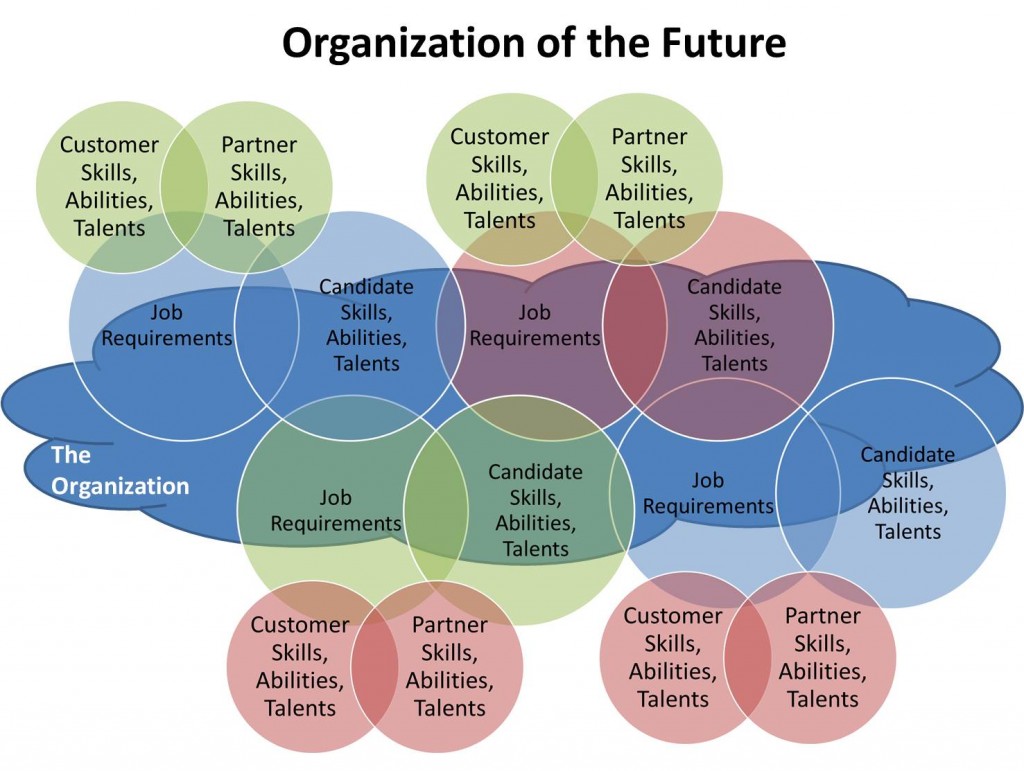
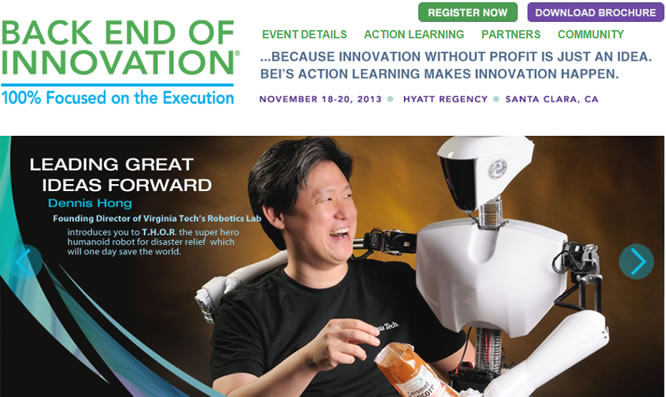

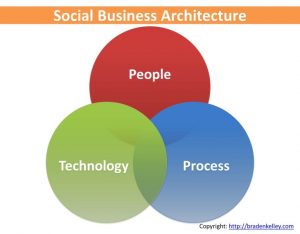 It feels like you can’t go a day without hearing someone or some publication mention Facebook, Twitter or some other component of the social media universe. The fact is that social media has invaded the public consciousness and people are now more suspicious of someone who doesn’t have a social media presence than someone who does. People are starting to judge others based on their Facebook or LinkedIn profile they ever meet them, and expecting companies to answer the tweet they’ve sent them or the question they’ve posted on their Facebook wall within the day, the hour, the minute (believe me the expected pace of response is accelerating).
It feels like you can’t go a day without hearing someone or some publication mention Facebook, Twitter or some other component of the social media universe. The fact is that social media has invaded the public consciousness and people are now more suspicious of someone who doesn’t have a social media presence than someone who does. People are starting to judge others based on their Facebook or LinkedIn profile they ever meet them, and expecting companies to answer the tweet they’ve sent them or the question they’ve posted on their Facebook wall within the day, the hour, the minute (believe me the expected pace of response is accelerating). In addition to facilitating and optimizing the group dynamics and interactions inside the organization, a Social Business Architect specializes in identifying the different parts of an organization that need to interact with groups of people outside the organization, how those parts of the organization should work together to communicate with people outside the organization, and helps to identify and implement communications solutions that connect the organization with the target groups so that a meaningful connection and conversation can be built, and then helps to manage the conversations and the information and learnings from their outcomes for the benefit of the organization.
In addition to facilitating and optimizing the group dynamics and interactions inside the organization, a Social Business Architect specializes in identifying the different parts of an organization that need to interact with groups of people outside the organization, how those parts of the organization should work together to communicate with people outside the organization, and helps to identify and implement communications solutions that connect the organization with the target groups so that a meaningful connection and conversation can be built, and then helps to manage the conversations and the information and learnings from their outcomes for the benefit of the organization. 3. Fun – And don’t forget the power of fun. One of the ways of connecting people to your community is to have something fun for people to do. Recognize people for their participation in your community in fun and different ways to keep them interested and engaged, and have some fun reinforcing the ethos of the community.
3. Fun – And don’t forget the power of fun. One of the ways of connecting people to your community is to have something fun for people to do. Recognize people for their participation in your community in fun and different ways to keep them interested and engaged, and have some fun reinforcing the ethos of the community.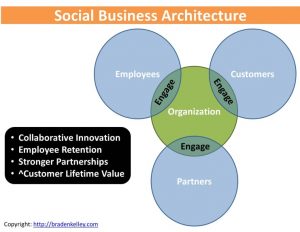 This is where
This is where 
 Is innovation in your organization a project?
Is innovation in your organization a project?
 Picking up where my hugely popular article ‘
Picking up where my hugely popular article ‘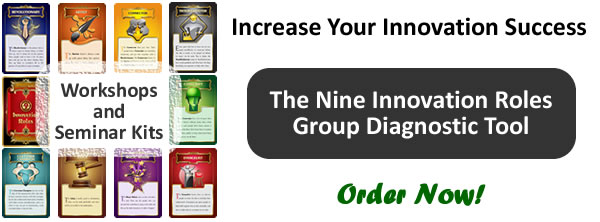
 Social media serves an incredibly important role in innovation. Social media functions as the glue to stick together incomplete knowledge, incomplete ideas, incomplete teams, and incomplete skillsets. Social media is not some mysterious magic box. Ultimately it is a tool that serves to connect people and information.
Social media serves an incredibly important role in innovation. Social media functions as the glue to stick together incomplete knowledge, incomplete ideas, incomplete teams, and incomplete skillsets. Social media is not some mysterious magic box. Ultimately it is a tool that serves to connect people and information. My presidential campaign picked up a lot of steam in 2008, but of course I came up short.
My presidential campaign picked up a lot of steam in 2008, but of course I came up short.